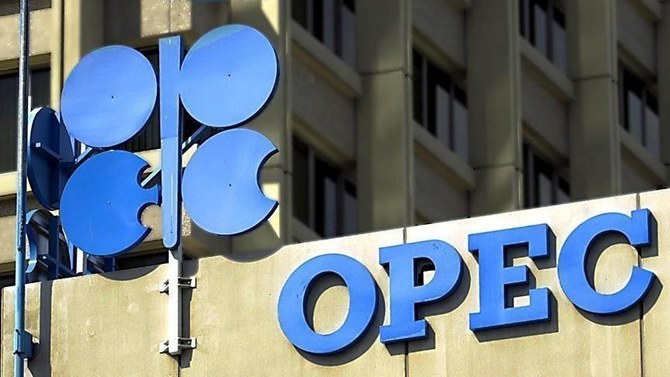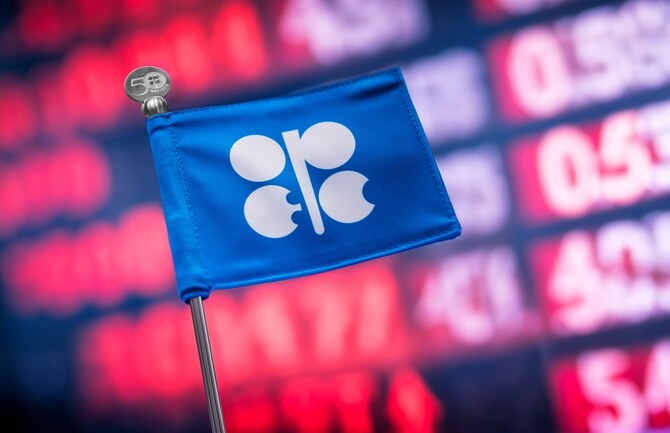RIYADH: The Organization of the Petroleum Exporting Countries on Wednesday stuck to its forecast for relatively strong growth in global oil demand in 2024 and said 2025 will see a “robust” increase in oil use, led by China and the Middle East, in an earlier than usual prediction.
In its monthly report, the oil producers’ group said the global oil demand will rise by 1.85 million barrels per day in 2025. For 2024, OPEC sees demand growth of 2.25 million bpd, which was unchanged from last month.
The 2025 prediction is OPEC’s first in its monthly report. OPEC said publishing it earlier than usual is aimed at providing long-term guidance for the market.
“The undertaking to reach beyond the previously established time horizon of short-term forecasting serves to support the understanding of market dynamics,” OPEC said in the report.
It has consistently forecast stronger demand growth for 2024 than other forecasters, such as the International Energy Agency. The two have clashed in recent years over issues such as long-term demand and the need for investment in new supplies.
The OPEC report also noted that the group’s oil production rose slightly in December led by Nigeria, despite ongoing output cuts by the wider OPEC+ alliance to support the market.
OPEC adjusted its production figures lower to reflect the exit from the group of Angola, announced by Luanda last month.
On the supply side, non-OPEC liquids production in 2024 is forecast to grow by 1.3 mbd to average 70.4 mbd, including 50,000 barrels a day in processing gains, the report said. The US, Canada, Guyana, Brazil, Norway and Kazakhstan are expected to be the main drivers, it added.
In addition to the US shale basins which account for about 49 percent of expected non-OPEC liquids supply growth, offshore projects — mainly in Latin America — are expected to substantially support growth this year.






















